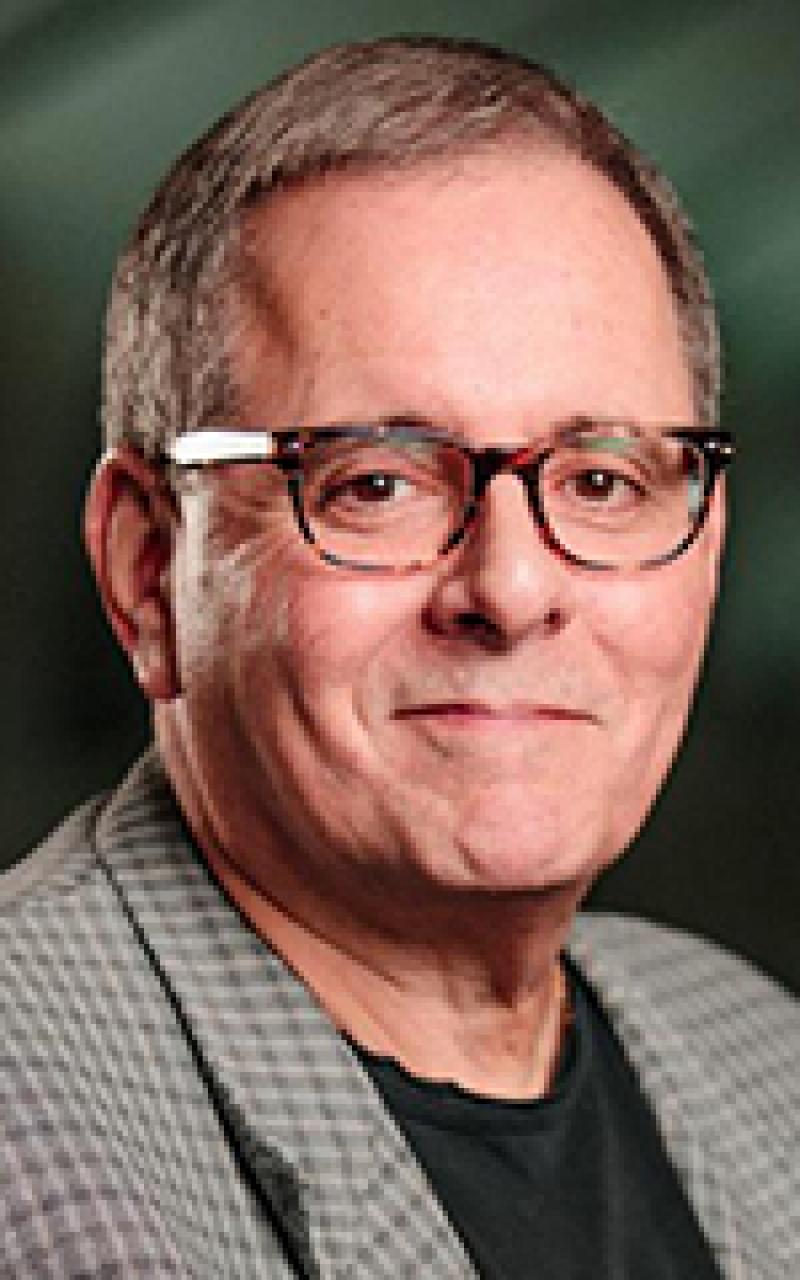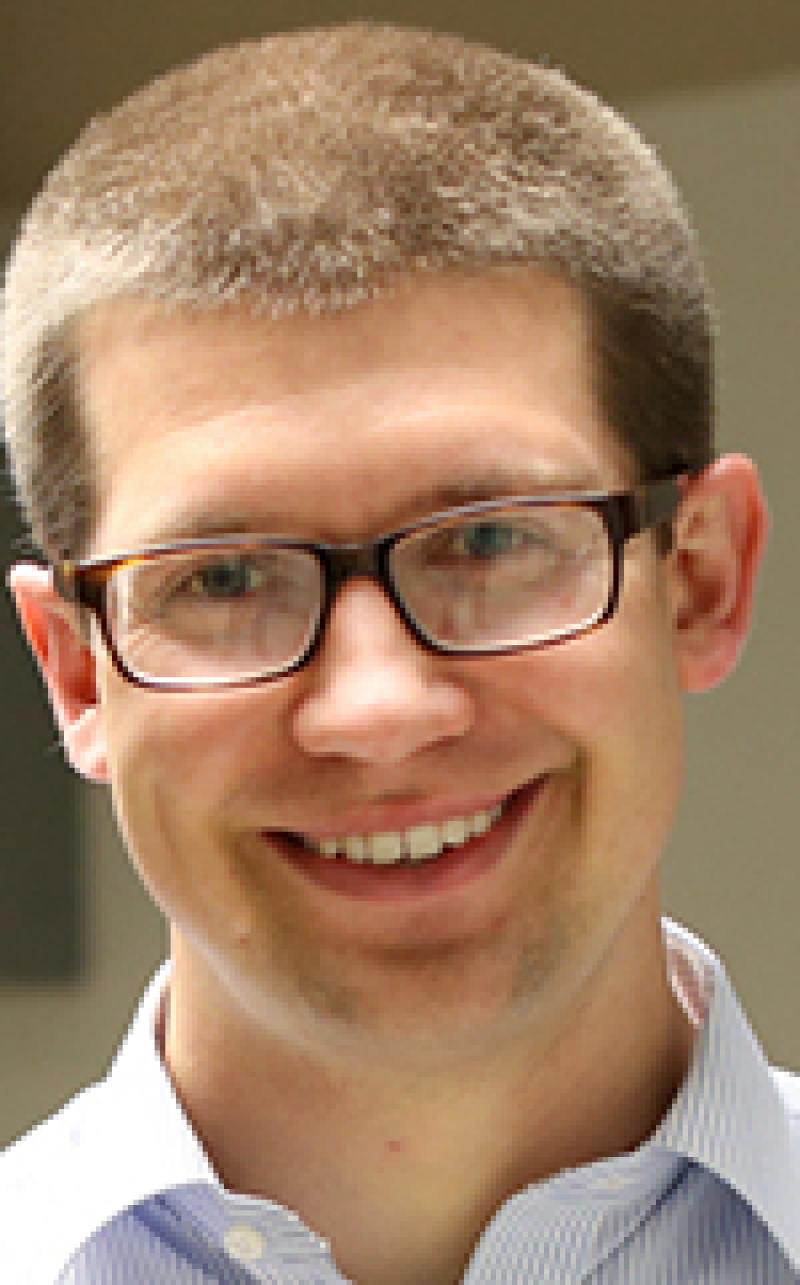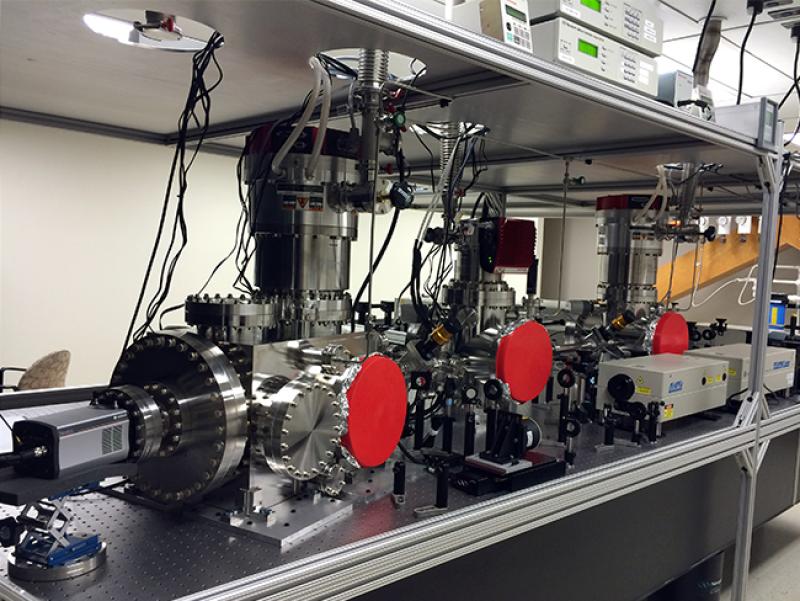NeXUS workshop demonstrates ultrafast laser's interdisciplinary potential

It’s almost absurd how small an amount of time an attosecond is.
It’s one quintillionth of a second. Or 1x10-18 of a second. Or 0.000000000000000001 seconds. In other words, light circles the Earth 7.5 times in one second. It takes one attosecond for light to traverse three hydrogen atoms.
This is the timeframe at which the one-of-a-kind, ultrafast laser at Ohio State’s National Extreme Ultrafast Science Facility (NeXUS) will operate. NeXUS will be managed by the Institute for Optical Science (IOS) and includes researchers from the Department of Chemistry and Biochemistry and the Department of Physics.

“We always use this analog to movies,” said IOS Director and professor of physics Louis DiMauro. “We’re trying to make a movie, and the actor is the electron making up matter. Movies are simply a series of photographs you play in sequence, and when you play them, you see motion. We’re doing the same thing. We’re taking snapshots of the electron and playing them back.”

Development of NeXUS is one year into a five-year project, and its co-directors, DiMauro and Baker, are overseeing various milestones along the way. One of the first was in late July when they hosted the inaugural NSF NeXUS User Workshop, a two-day, virtual event attended by over 200 researchers from 75 institutions around the world.
The theme of the workshops was “killer experiments” — or experiments designed to push the capabilities of a facility and that can’t be conducted in other labs — that attendees proposed. The exercise allowed DiMauro, Baker and the scientific community to get a sense of what kind of science the facility will be able to facilitate, and it reinforced NeXUS’ interdisciplinary potential.
“It’s basically a bunch of us sitting around discussing what we would love to see done and coming up with brilliant thought-experiments,” DiMauro said. “And then someone says, ‘Well, we can’t do that. We don’t have that capability.’ But NeXUS does.”

But the workshop did more than the NeXUS team a glimpse at the potential for NeXUS and what kind of mysteries it can probe. The event was an opportunity to create a sense of community among the researchers who participated. Along with another NSF ultrafast laser under development at the University of Michigan, the hope is that the two facilities can form a synergy that emerges as a leader in this kind of research.
“NeXUS is on the map in terms of playing an important role in these kinds of national and international connections,” Baker said. “And it gives agencies like the National Science Foundation a sense of how vital this is to the community.”
July’s workshop was the first of three that are planned, and because of COVID-19, Baker, DiMauro and other faculty and staff in the Departments of Physics and Chemistry and Biochemistry had to convert it from an in-person event hosted on campus to a virtual one. The next planned workshop is slated for summer 2022, but the pair recognize the need for other, more specialized workshops that focus on, say, specifics fields.
In any case, NeXUS has an exciting future, and if the popularity of the workshop is any indication, it will be a hotspot for international scientists when it comes online.
“The community is very enthusiastic,” Baker said. “They have a lot of exciting ideas. We now have a strong base of potential users from which we can grow and have the community coalesce around the science that’s going to be studied here.”
